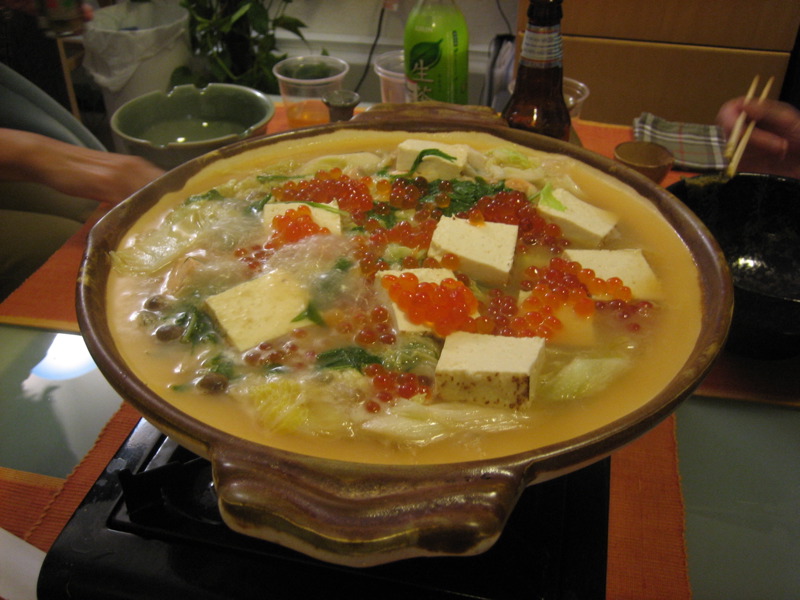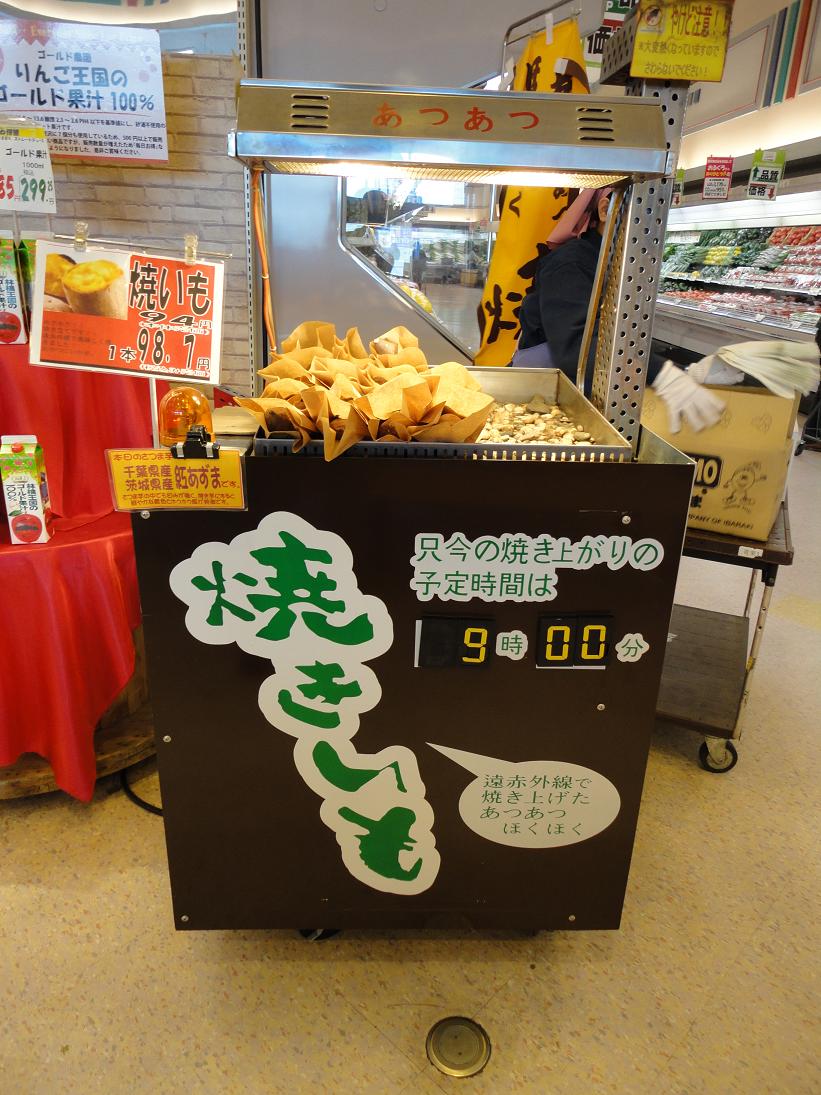I’m always on the lookout for YouTube channels that are useful for Japanese studies. I wanted to put together a quick post about a couple of channels I have found recently that I think are particularly good for Japanese learners.
Great for beginners: Nami Ohara
Nami Ohara is a Japanese teacher based in Newfoundland, Canada. I discovered her videos some time ago and strongly recommend them to Japanese beginners.
I am a big fan of her videos which help introduce different aspects of Japanese culture and traditions. In these videos, two young children called Kyoko and Kenta ask their teacher (Ohara sensei) about the topic of the video.
The videos are all in Japanese but have furigana readings and English meanings for the vocabulary and phrases used in the videos. I think these are a great way to practice your Japanese listening and learn some new words at the same time. The speech of these videos is much more natural Japanese than what you might encounter in textbooks, so you get used to Japanese as it is actually spoken.
If you are studying towards the JLPT, then you might be interested in her JLPT listening practice videos. These are in the same format as the listening questions you will encounter in the final exam. She currently has listening practice videos for JLPT N5 up to and including N2.
Besides the JLPT specific videos, there are a number of listening quiz videos aimed at beginners too. Each video is based on a different theme such as nationality and age.
If you want to learn some children’s songs, there’s plenty to be found on the channel too!
Clearly, a lot of effort goes into her videos, and I hope that by posting about her channel more Japanese students will discover her content.
Japanese grammar explanations in simple Japanese: Sambon Juku
Sambon Juku is a YouTube channel mainly run by Akkie, a Japanese language teacher. I first learned about this channel through a video collaboration he did with YouTuber Kemushi-chan. After checking out his channel, I can highly recommend it to Japanese learners!
Akkie has a number of videos covering various topics relating to Japanese study, in particular, explanations for different grammar points. Akkie’s videos are all in Japanese but he explains everything in a very clear manner and is very easy to understand. If you are an upper beginner and above, I think you will find the grammar videos particularly useful. Having said that, videos on this channel all have subtitles in both English and Japanese so all Japanese learners can understand the explanations whilst getting in some listening practice.
For example, the above video on the differences between は and が is wonderful and probably the best I have come across on this topic, summarising the key differences in usage with plenty of examples.
The channel also has a growing number of videos covering JLPT grammar points for levels N3, N2 and N1. If you like the channel Nihongo no Mori, then you will likely enjoy this series as well. I always like to look at different explanations of the same grammar point because sometimes the way one textbook or website describes things can be unclear, or not have enough example sentences to understand certain nuances.
JLPT videos only have Japanese subtitles, but there are normally two sets (one with kanji and kana, one with kana only) which allows you to find the readings for any words you want to look up.
It just so happens that the two channels I’ve covered today have JLPT specific content, but I really think anyone studying Japanese can find some value in the videos!
What are your favourite YouTube channels? Let me know in the comments!
Previous posts related to YouTube:















